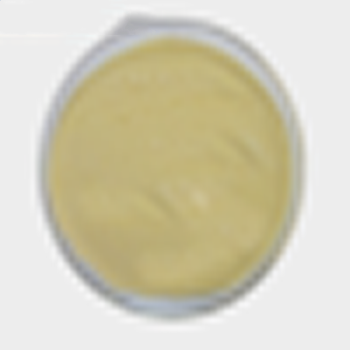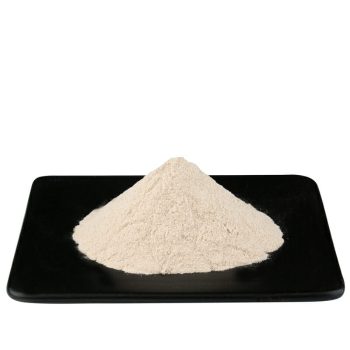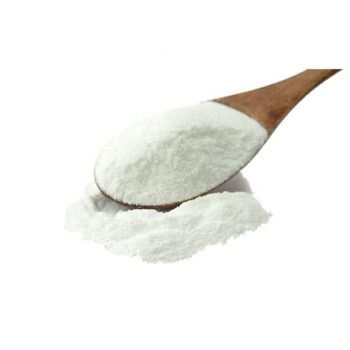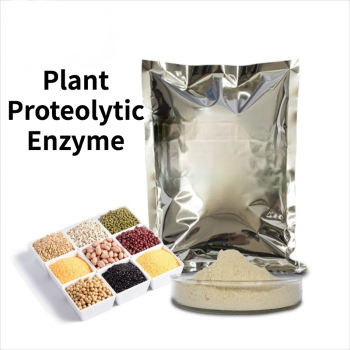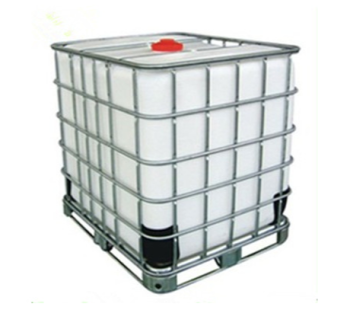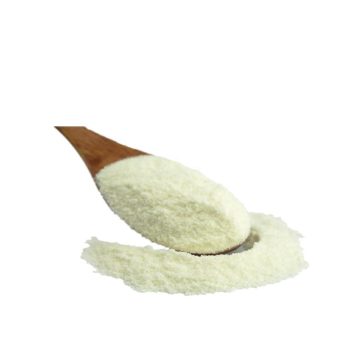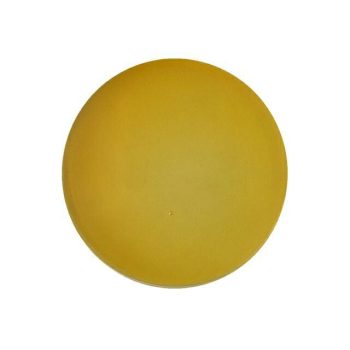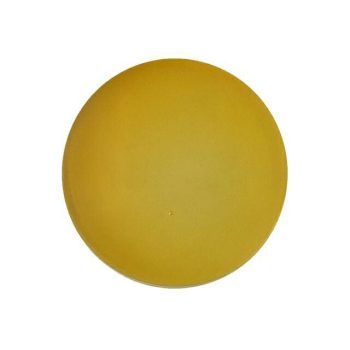Laccase Enzyme Low Price For Waste Water
Introduction:
Laccase is a polyphenol oxidase (ρ-dihydric phenoloxidase, EC1.10.3.2) containing four copper ions, belonging to the copper blue oxidase, present as a monomeric glycoprotein. Laccase exists in mushrooms, bacteria, and plants, but can also survive in the air. After the reaction, the only product is water, making it essentially an environmentally friendly enzyme. Laccase’s unique catalytic properties make it widely used in biological testing, as a highly efficient biological detector as a substrate, coenzyme, inhibitors, and other components of effective tools and means. In recent years, as a result of environmental awareness gradually being taken seriously, laccase has also become the object of study for many scholars.
Function:
Laccase enzymes can be used for textile dyeing/textile finishing, wine cork making, teeth whitening, and many other industrial, environmental, diagnostic, and synthetic uses. Laccase can be used in bioremediation. Laccase can be added to the wort or at the end of the process to remove the polyphenols that may still remain in beer. The polyphenol complexes formed by laccases can be separated via filtration and remove the probability of the hazing effect from occurring. Laccase can also remove excess oxygen in beer and increase the storage life of beer. In fruit juices such as apple and grape, excess oxidation of phenolics causes negative effects on the taste, color, odor, and mouthfeel. Laccase has been proposed to delay the oxidation of polyphenols and stabilize the juice.
Application Area:
- Food industry wastewater treatment
- Clarified wine
- Edible mushroom production
- Maintain beer stability
Characteristics:
| Declared Activity | 10000u/g |
| Physical Form | White Powder |
| Odor | Normal microbial fermentation odor. |
| pH | 5.0-8.0, optimum 6.0 |
| Temperature | 45℃-55℃, 50℃ |
Specifications:
| Items | Lower Limit | Upper Limit |
| Enzyme activity | 10000u/g | |
| Lead | 5 mg/kg | |
| Arsenic | 3 mg/kg | |
| Total viable count | 50,000 CFU/g | |
| Coliform bacteria | 30 CFU/g | |
| Escherichia coli | 10 CFU/g, 3 MPN/g | |
| Salmonella | Not detected/25g |
Functions & Benefits:
Advantages:
The covalent bond catalyzed by TGase is hard to rupture under the conditions of non-enzymic reactions. Once the minced meat which was treated by TGase is shaped, the shape is kept, even though it is frozen or sliced or cooked.
Package:
1 kg / bag
Storage:
Best Before:
When stored as recommended, the product is best used within 12 months from the date of delivery.
Shelf Life:
12 months at 25℃, activity remains ≥90%. Increase dosage after shelf life.
Storage Conditions:
This product should be stored in a cool and dry place in a sealed container, avoiding insolation, high temperature, and damp. The product has been formulated for optimal stability. Extended storage or adverse conditions such as higher temperature or higher humidity may lead to a higher dosage requirement.
Safety:
Enzyme preparations are proteins, which may induce sensitization and cause allergic-type reactions in sensitized individuals. Prolonged contact may cause minor irritation for skin, eyes, or nasal mucosa, so any direct contact with the human body should be avoided. If irritation or allergic response for skin or eyes develops, consult a doctor.

